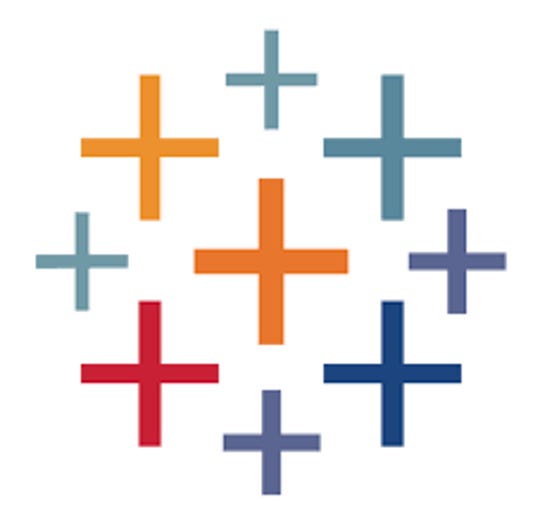Tableau tangos with the enterprise


Tableau's first quarterly release for this year, 2019.1, fleshes out the directions that it disclosed back at its TC18 conference last fall. Check out Larry Dignan's account for a blow-by-blow description of the headline of the release, focusing on the new Ask Data natural language query capability, followed by the new parity for Android with iOS in Tableau's mobile client.
Natural language query fulfills the promise that came out of Tableau's 2017 ClearGraph acquisition, and provides a good start by making the feature context- rather than word cloud-driven. But when somebody says natural language, our next question is what about voice?
That's easier said than done, as we discovered when Dr. Jim Goodnight of SAS conducted a demo of SAS Visual Analytics using Alexa, as we described in these pages a couple years back. For starters, voice requires more training than written text, where the big challenge is synonyms. That's far less daunting than coping with individual's voices, regional accents, or the ambient noise of their location. And it's a lot easier for Tableau to pre-train for synonyms than it will be companies, especially those with large rollouts, to have each user fully voice train their new Tableau assistant. And for some of Tableau's accounts, we're talking serious numbers of users – 25,000 at Pfizer and 30,000 at JPMC, for example.
Tableau's answer to our voice question was interesting. First, they noted that few clients are currently asking for it; secondly, for their natural language engine, voice did not seem a very precise way to conduct query; and third, (where we'd concur), it makes sense for Tableau to work with the smart speaker people rather than reinvent the wheel. Heck, even Microsoft has danced with the "enemy" here. Nonetheless, we would be surprised if natural language voice doesn't show up in some form by 2020.1 or some other future release around then.
As for dancing the tango, Tableau is continuing to venture deeper into data management in this release. That's the territory where it has to play fancy footwork with partners like Alteryx and Alation. With this release, Tableau Prep is rechristened Tableau Prep Builder. That's because Tableau Prep is becoming more of a data management umbrella, with the introduction of Tableau Prep Conductor.
Aside from the name change, Tableau Prep Builder is mostly an incremental release; on this go round, it is adding more pivot and join capabilities. Going forward, the changes are going to be incremental, and faster. While most of Tableau's releases will remain on a quarterly cadence, Tableau is going to keep updating Tableau Prep Builder monthly.
As for the other entry, Data Management add-on, which Tableau Prep Conductor is part of, is the piece that's doing the more serious tango dance. In the 2019.1 release, it adds the ability to schedule and manage flows created with Tableau Prep Builder. Later this year, Tableau will add another piece: a catalog to help you find data. For Tableau and its customers, that's where the fancy footwork will come in.
The notion behind Tableau adding its own catalog is that individual users or groups may have their own contexts for their data sets, while the Alations or Collibras of the world address wider cross sections of the organization. Catalogs are meant to help users find the data, but our caution is that when you have multiple catalogs, it introduces the question of trying to find the right version of the truth. To keep Tableau customers from having to reinvent the wheel, Tableau plans to build in APIs to catalogs from partners like Alation and Collibra so the content can be coordinated rather than duplicated.
Of course, you could call Tableau's future catalog as history repeating itself; it wasn't too long ago when customers, enamored with the convenience of their data extracts, could wind up victims of their own success when you proliferated too many extracts. And that's when Tableau Server entered stage left. But for the catalog, putting this piece up on a server becomes an obvious overlap with its partners.
At this point, Tableau is emphasizing that these catalogs are intended for workgroups, just as its data prep was not intended to step on the feet of Alteryx. And it points to its Alteryx relationship as evidence that overlap – in this case with data prep -- is not a zero-sum game, as a rising tide in revenues has lifted both boats. As long as that's the case, we won't expect partners to complain. But that puts the onus on customers to decide, when it comes to preparing or cataloging data, where the ground truth lies. And so, match point back to the vendor side – Tableau and its partners should develop or disseminate best practices so their installed bases doesn't become victims of their own successes.
All this comes atop strong year for Tableau, with total revenues up 12%, twice that of a year ago, and more importantly, recurring revenues up 41%. And with that, the company has successfully navigated transition to subscription licensing. For now, nobody's talking zero-sum games.